As a rule, when we grow plants, we follow some known practices. The practices may be based on our own experience, on the wisdom of our parents and grandparents, or on scientific research. Whatever the source, it is useful to examine the practices through the lens of the Laws of Nature, sometimes referred to as ecological principles.
The Laws of Nature are broad and substantive statements for how nature functions.
So the question becomes, “Are our plant-growing practices in harmony with or in conflict with the Laws of Nature?”
What other criteria would we use for how we treat our lands, the soils, and all ecosystems, if not the Laws of Nature?
I think of this as a pyramid, with practices on the top, undergirded by Laws of Nature criteria. Then, the practices and Laws are undergirded by our personal land-use ethics.
9 Laws of Nature
Below, I’ve listed nine Laws of Nature.
This list is not fully inclusive; some may seem to be more pertinent than others; and someone else may choose to describe them in a different manner. Nevertheless, they are all statements that hold true, with rare exceptions.
In my garden, if a practice violates a Law of Nature, I look for a substitute practice that is in harmony with the Law.
This broad topic has deep implications and is worthy of further study. The more we understand and apply these Laws, the more we can grow healthier crops, become healthier ourselves, and more fully appreciate the magnificence of nature.
#1: Everything in Nature Is Connected
It’s like a huge spider web. Every spot on the web is connected to the whole web. All the factors effecting growth and development—from the minerals in the air to the plant’s physiological processes to the soil microbes to hundreds of additional factors—are all part of the whole.
The implications of this concept are significant.
For example, apply too much nitrogen and the plants get a pretty green color, but at the same time produce an excessive amount of simple carbohydrates, which are ideal foods for the ever-present aphids.
Chemicals and other toxins that reduce soil microorganisms have impacts on soil mineralization and soil digestion processes, which all affect quality and quantity of production. For example, if your soil has a shortage of available calcium, a tomato plant is not likely to set fruit.
#2: Plants Are Designed to be Healthy
Like humans and other living organisms, plants have an immune system that makes them resistant to insects and diseases that are native to their environment. Plants become weak and sick when they become stressed because of environmental factors, inadequate nutrition, and/or exposure to toxins.
Chemical pesticides and fertilizers create plant and soil conditions that are not conducive to the desirable bacteria and fungi in the soil. The soil microbiome is part of the plant’s defense mechanism.
#3: Insects and Disease Are the Appropriate Response to the Existing Conditions
Insect problems and disease are the result of plant weakness, not the cause of plant weakness. When we improve the conditions, we improve plant resistance. Diseases are nature’s demolition crew and insects are nature’s garbage collectors. Both are appropriate when plants are stressed. Unhealthy plants actually send signals to the insects so they can perform their meaningful designed role.
#4: Mineral Nutrition Supports Plant Immunity
When plant growth is supported with proper mineral nutrition, plants will create higher-order compounds—for example, plant secondary metabolites like essential oils. This and other enzyme developments can lead to optimum levels of health and immunity.
The thousands of enzymes needed in metabolic processes each require a mineral “enzyme cofactor” to function. Without the mineral cofactors, enzyme pathways collapse and plants accumulate soluble compounds in plant sap, leading to pest infestations as plant health begins to fall apart.
#5: Microbial Metabolites Are More Efficient Than Simple Ions as a Source of Nutrition
The ultimate level of plant nutrition and immunity exists when plants can absorb the majority of their nutritional requirements as microbial metabolites. In this model, the soil microbial community serves as the plant’s digestive system. A complex community of soil microorganisms digest and break down organic residues and plant root exudates. In this digestive process, minerals are extracted from the soil mineral matrix and released in a bioavailable form that plants absorb and utilize very efficiently.
#6: When Fruit Quality Improves, Yields Increase
When management emphasis is placed on plant nutrition to improve quality, the immunity of the crop increases, creating higher yields, longer produce shelf-life, improved flavor, and reduced dependence on pesticides.
This fundamentally different approach to plant nutrition can lead to yield increases ranging from 10–30 percent. Yield increases come in not only bushels per acre, but also in higher test weights, increased protein production, and increased nutrition per acre.
#7: Healthy Plants Create Healthy Soil—an Investment in Their Own Future
It is commonly understood that healthy soils create healthy plants. The reverse is also true.
Healthy plants create healthy soils.
Healthy plants with high levels of energy can, at times, send as much as 70 percent of their total photosynthates (manifested as sugars, amino acids, and other compounds) into the roots, and then out through the roots and into the soil. Those root exudates are the fuel that feed the soil microbial community and lead to the rapid formation of organic matter.
This process, called carbon induction, is the fastest and most efficient way to sequester carbon and build soil organic matter.
It is an advantage to the plants to invest in soil building. Root exudates rapidly build humic substances. Humic compounds last in the soils for many years. In the end, the entire process ends up rapidly building soil health. It’s another win-win for nature.
#8: Genetic Variability in Plants Serves as a Buffering System
Plant variability allows for selective fitting of plant genetics to specific qualitative differences in the environment. It’s like an insurance plan, with the goal of increased probability of improved plant survival and growth. There are positive synergistic effects, above and below ground, that result from creating diversity through the mixing of species.
#9: Weeds Are a Barometer of Soil Health
We know that different crops have different soil, mineral, and soil biology requirements. So, too, with weeds. When compared to healthy domesticated crops, weeds are usually pioneering (first to enter) species that thrive in soils with imbalanced microbial and nutritional profiles. As soil health improves, crops will improve and weeds will lose their vigor. The weeds are no longer needed to correct the soil imbalances.
Take-Home Lessons
To sum up how nature functions in nine Laws certainly does not do justice to the topic nor does it show the magnificence of nature. Still, despite the inadequacies, the nine Laws are sufficient to provide guidance as to which gardening practices fit the Laws of Nature model.
The following list of gardening practices, which I use in my natural/organic garden in Northwest Arkansas, respect the Laws of Nature. Furthermore, the practices fit my personal land-ethics values.
I do these things to eat healthy food, to teach others, and especially for the children and future generations.
I hope you will consider joining in the transformation.
- Use no or at least minimum tillage. Never use a roto-tiller. Besides destroying the natural soil structure, roto-tillers will seriously damage the beneficial fungi in all kinds of soil situations.
- Keep the soil covered with a vegetable crop, cover crop, or some type of organic mulch at all times. This practice will promote soil microbial life.
- Keep something growing on the beds for as long as possible throughout the year. Where you can, grow crops specifically for deep-root penetration and/or high carbon production.
- Wherever possible, encourage diversity of species. Use companion planting where you can.
- Use organic fertilizers, compost (sparingly), bio-pesticides (if needed), filtered or structured water, foliar fertilizer sprays, natural biologicals for organic matter decomposition, and natural amendments (like paramagnetic rock) for plant fortification.
- Among all things, “communicate” with your garden through positive intentions. Remember: “Thoughts become actions. Choose the good ones.”
Thanks to John Kempf of Advancing Eco-Agriculture ( https://www.advancingecoag.com/ ) for some of the ideas included in this article.
(This article was originally published on January 20, 2018.)
Calvin F. Bey, PhD, grew up on a farm in northern Michigan, and is a retired USDA Forest Service scientist with a passion for teaching and growing nutrient-dense fruits and vegetables. He and his wife Doris (a retired RN) live in Northwest Arkansas and are deeply concerned about human health and environmental issues. You can visit him online at HarmonyGardens.Blogspot.com.
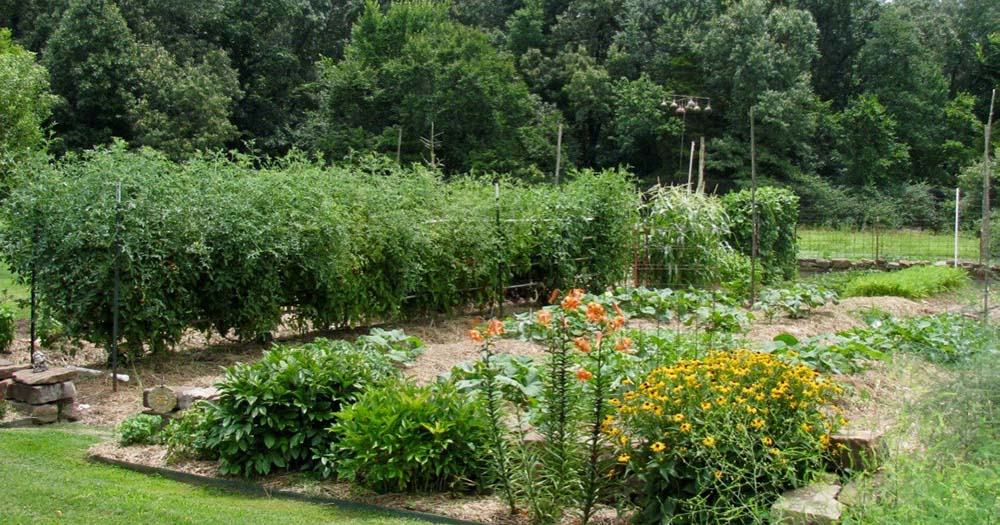
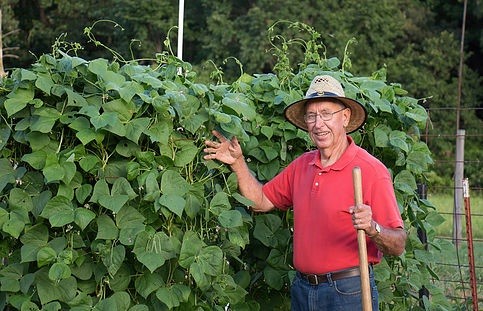
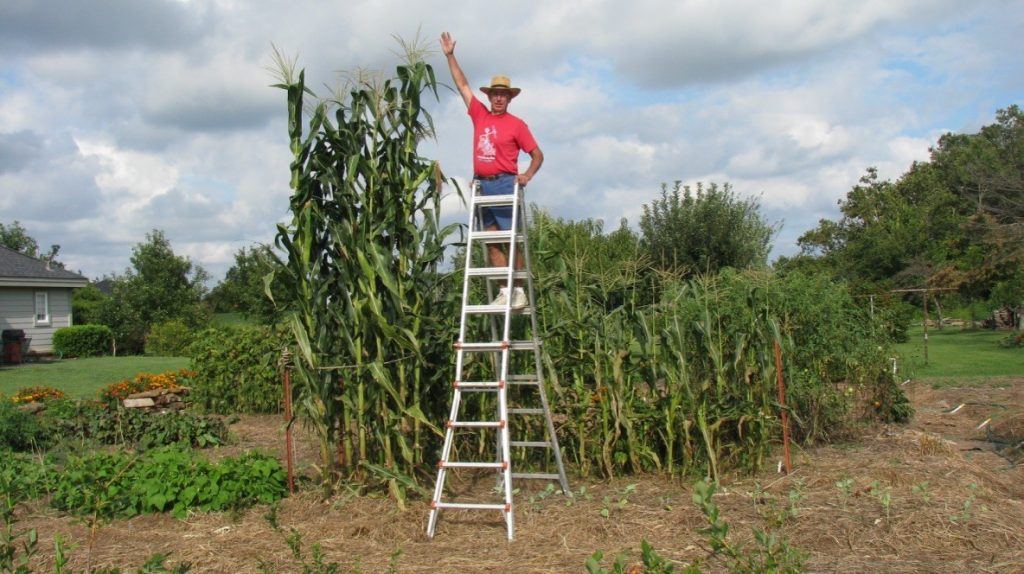
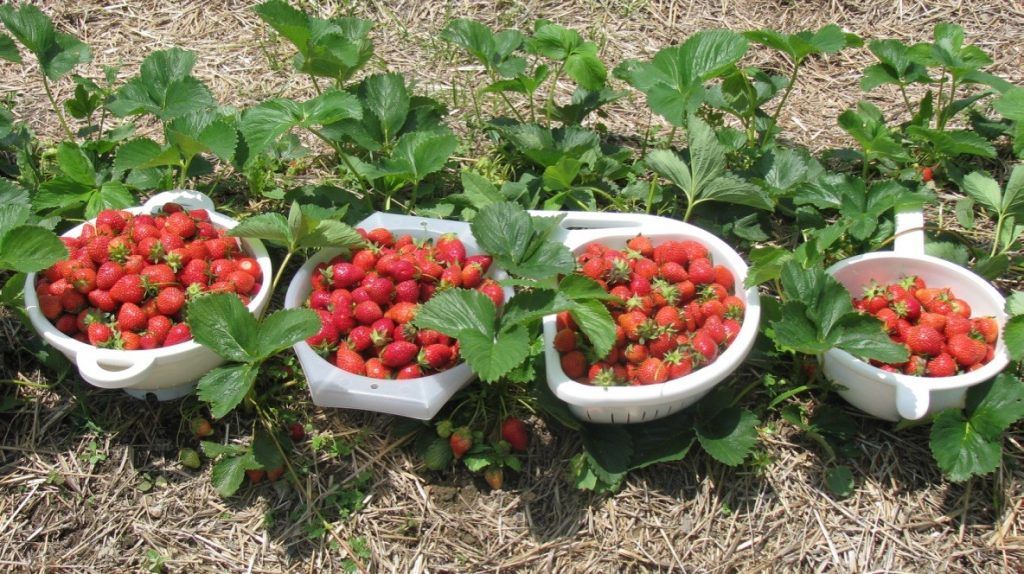
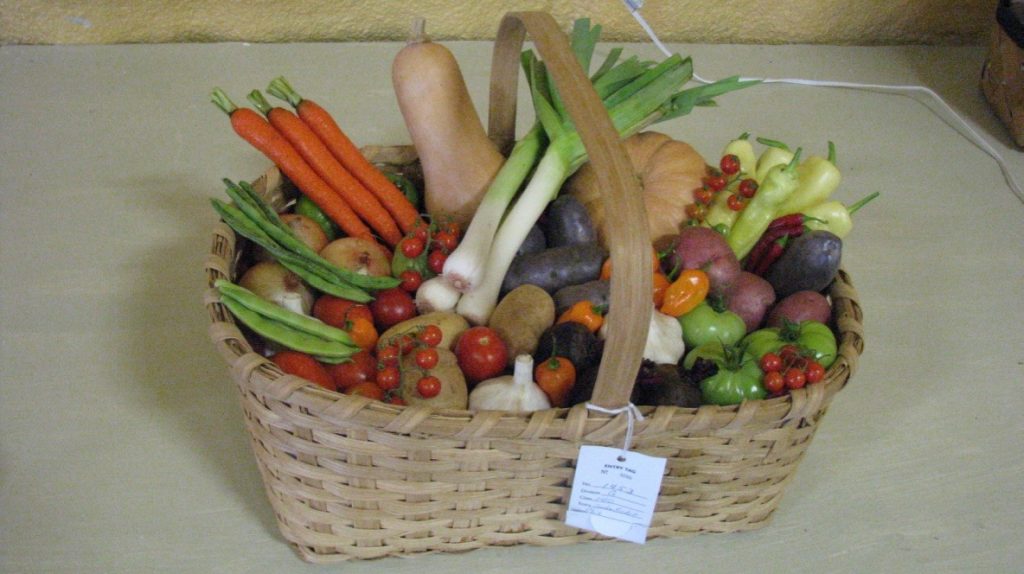








COMMENTS(21)
Thank you for your wealth of info! Can you give me some ideas or good organic fertilizers. Different opinions are on the internet. Also what do you think of the MIttleider method? THanks!
Hi Cheryl, Thanks for your questions! I’ve forward them on to Calvin, and he is working on a reply. I’ll post it once it’s ready! -Merin
Please see Calvin’s answers in the comment below. Thanks, Cheryl! -Merin
Great information! We need much more of this kind of detail to support us common gardeners.
Let’s see what we can learn!
Excellent article! I have bookmarked it for future reference. Now I know why my friend’s cabbages were aphid-infested. How do you get calcium into the soil?
Hi Aeriol, Calvin is working on an answer to this for you. I’ll post it when it’s ready! Thanks! -Merin
Hi Aeriol, please see Calvin’s answer in the comment below. Thanks! -Merin
Calvin,
Wonderfully wise instructions. Thank you!
About the #1 garden practice you recommend . . . We have not tilled our garden plot for 3 years now. We have been focused on building the soil with deep hay mulch and cover crops and in protecting the microbial life. We’re learning how to plant seeds such as corn, sunflowers and beans in soil that hasn’t been tilled and it is a challenge. I guess we need a few more years of soil building to prevent compaction. Clay soil just wants to compact and harden.
Any suggestions for making clay soils softer other than those you have already listed??
Thanks for your question! I forwarded it to Calvin and will post his reply when it’s ready!
I’ve posted Calvin’s reply below — thanks! -Merin
One word Permaculture!
Thank you, Calvin, for posting the “9 Laws”; looking forward to future posts!
What plants would you suggest to….”Where you can, grow crops specifically for deep-root penetration and/or high carbon production”?
Hi Jeffrey, I e-mailed your question to Calvin. I’ll let you know what he says! -Merin
Please see Calvin’s answer in the comment below. Thanks! -Merin
Great article! More of the same please. Much appreciated.
This is exactly what Calvin warns against, but I’ve had good results in dealing with heavy clay soils by tilling in lots of sand (it’s cheap) as a one-time amendment at the outset of soil building
on a given plot.
Please see Calvin’s answers below. Thanks! -Merin
I appreciate the positive feed back on the article. Having been an organic gardener for almost 50 years, and teaching OG for more than 20, I have been asked a great variety of questions. I have written papers on about every gardening topic as handouts for my classes. As time permits, I will be adapting some of these papers for publication on this site. Stay tuned.
If you are new at Organic Gardening (OG), by all means do your homework, get a good book, learn from another gardener and start keeping records of what you do and what you produce. Start small and do it right. I use the John Jeavons book, How to Grow More Vegetables …for the foundation material. Above all, it deals with being sustainable. I also recommend ” The Intelligent Gardener : Growing Nutrient-Dense Food” by Steve Solomon with Erica Reinheimer.
Regarding good organic fertilizers, for Nitrogen use feather meal, fish meal, oil seed meal, or some combination. For Phosphorus, use soft rock phosphate. For Potassium, use kelp or greensand, or wood ashes (be careful, use sparingly, depending on soil test.) Fact is, if you don’t have a soil test, and don’t know your targeted mineral levels, then fertilizing is a big gamble. Soils are nearly infinitely variable in regards to nutrients.
What do I think of the Mittleider method? Anytime are growing plants in non-soil (artificial) environments, your potential to grow nutrient-dense produce will be diminished. If you can, grow in natural soil conditions. There are likely many versions of the Mittleider approach, but I recommend staying completely natural and keeping practices as sustainable as possible.
How do you get Calcium into the soil? Apply Calcium carbonate (38%Ca). To make full use of Ca, you need a very active population of soil microbes (bacteria and fungi, etc). Getting the soil biologically active is the most important thing you can do. Follow the list of practices in my Laws of Nature article.
How do you make clay soils softer? You can loosen a clay soil by adding some sand. Rather than roto-tilling it in, just try twisting it in about 3 inches deep with a garden fork. If you must roto-till, keep it shallow (3-inches). You will be surprised what a continuous mulch, and growing a continuous crop will do to “fix” your clay soil. Don’t forget, clay soils have a much greater ability to hold minerals than do sandy soils. I’ve gardened in both types, and I favor using those with more clay over those with predominately sand.
Crops for deep root penetration? Your best annual crop is probably a root crop like Tillage Radish. It works great as a fall cover crop in some areas. Alfalfa and several clovers could also be used, but you may need more time for those roots to go deep. Crops for high carbon? It will depend on your geographic area. John Jeavons book lists 17 carbon crops, including alfalfa, vetch, clovers, Giant sunn hemp, comfrey, rye, etc. I use Austrian winter peas and oats as my main fall/winter cover crops in NW Arkansas. Cover crops are great for many reasons.
Blessings, Calvin
I am attempting to have 10 percent of my beds given to companion plants and am also including different crops together. I am hoping this adds to their nutrition and confuses their predators.
Why use compost sparingly?
This is a great way to explain why the strategies recommend work, I was one of those kids who wore out the word “Why?” early on. Love the balancing swing between Big Picture and fine details. I do wonder about the point on using weeds as cover crops. I do this already, but wonder about the merits of letting grass sneak in to beds covered with weeds. I can pull the grass, cut the stalks and leaves and use it as mulch, but the impulse to dig it all out (we have rhizome grass with roots that get 4″ long) is pretty powerful. Is there a nutrient that would deter it? A living mulch that would barrier it off?